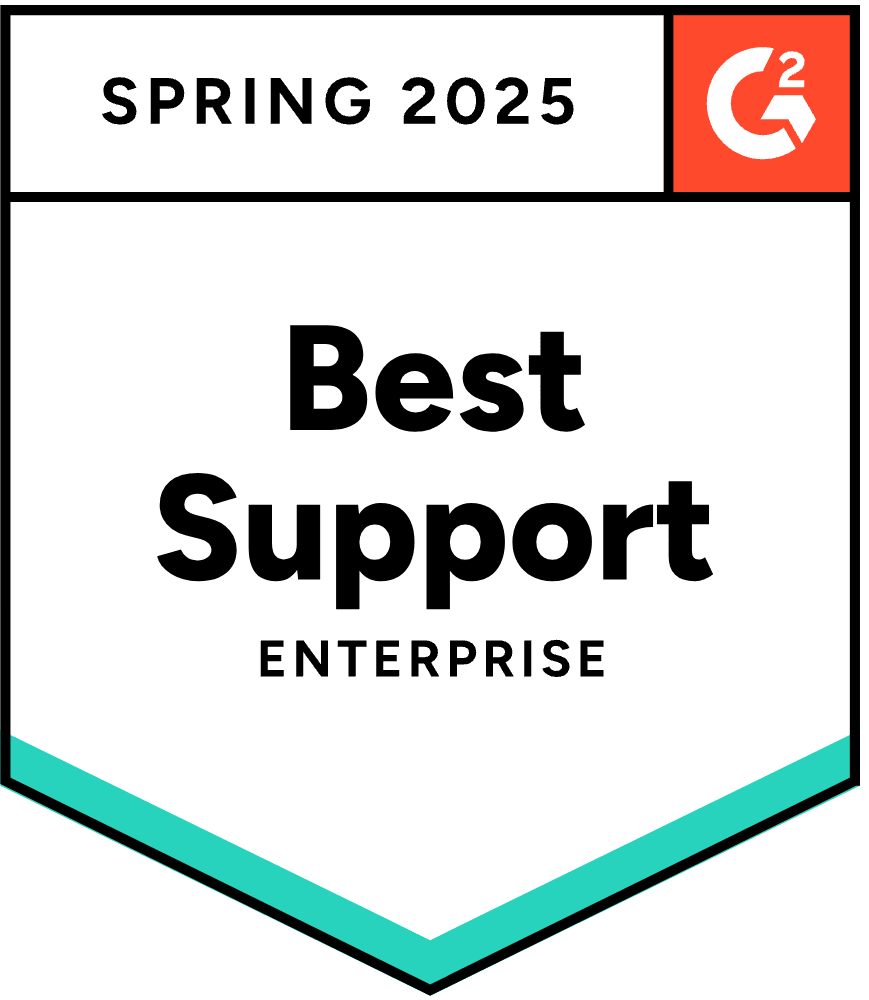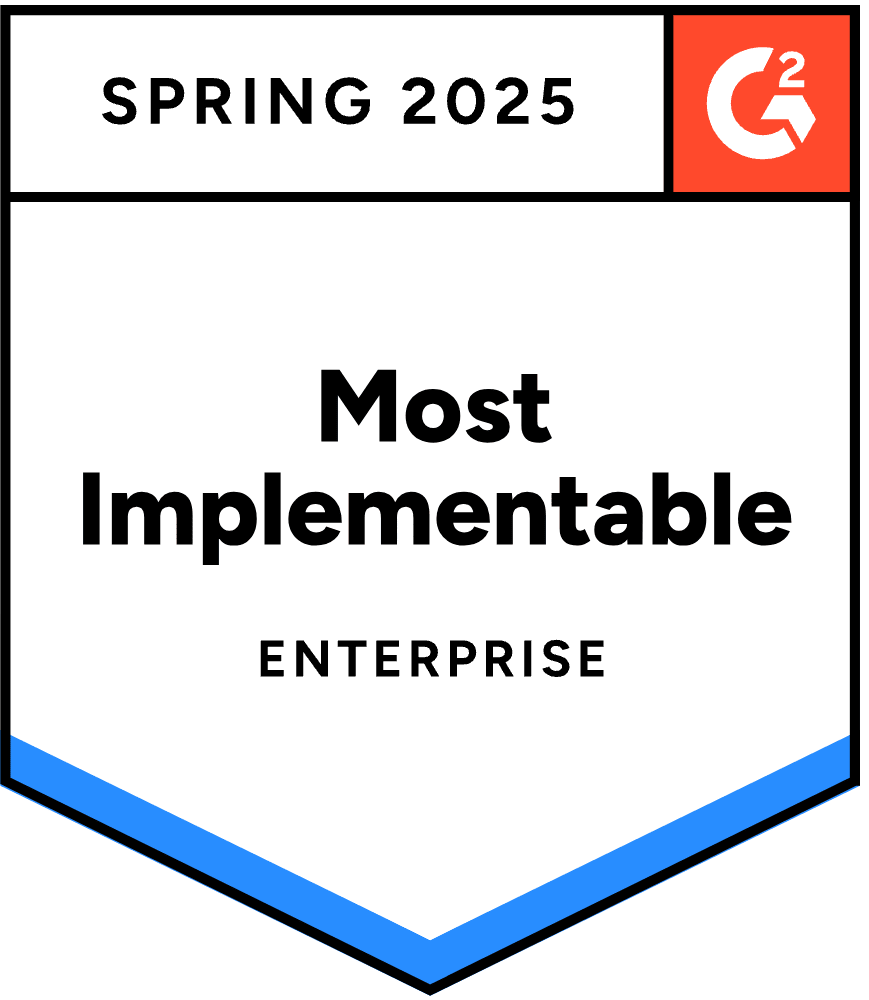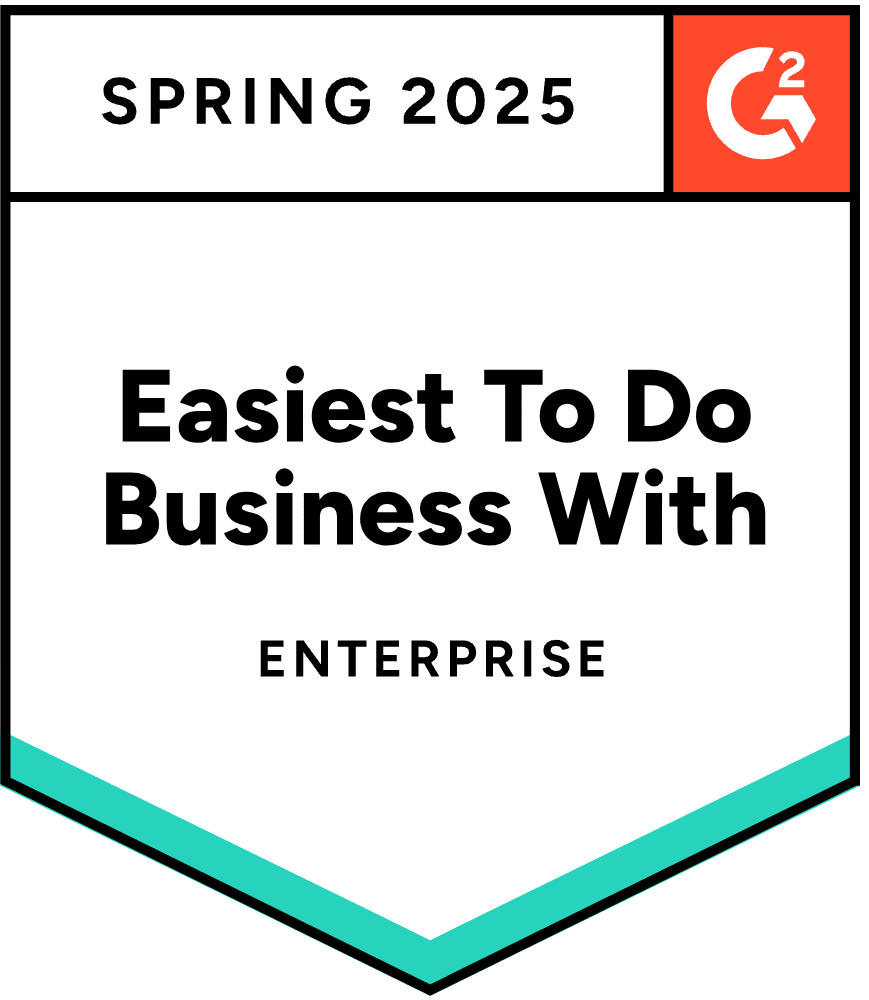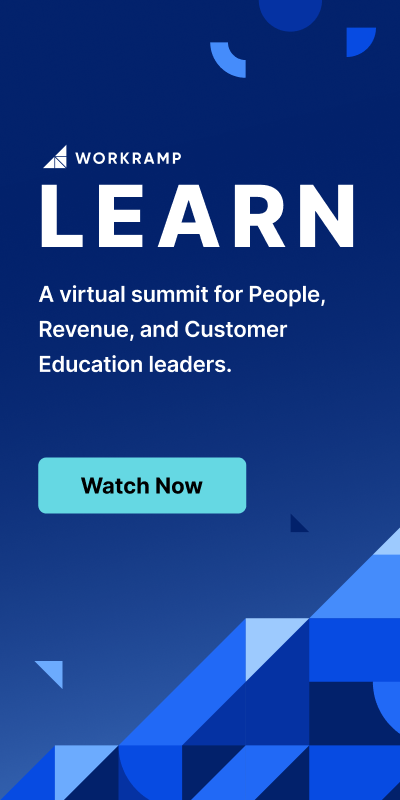You might also like
Customer Story
How Square Transformed Sales Enablement with a Killer Content Strategy
Checkout our top 4 takeaways from this on-demand webinar on how Square transformed sales enablement with a killer content strategy.
Revenue Enablement
Divvy's 4 Strategies for Enhancing Sales Enablement Programs
Divvy recommends that sales enablement leaders use these 4 strategies to assess what their team needs and implement programs.
Revenue Enablement
Intercom’s 5 Tips for Sales and Support Enablement
Tom from Intercom trains and onboards 150+ global reps across both Sales and Customer Support. Learn more about his game-changing enablement philosophies.
Ready to Get Started?
Get in touch to learn how WorkRamp can help you achieve your training goals.
Request a Demo




